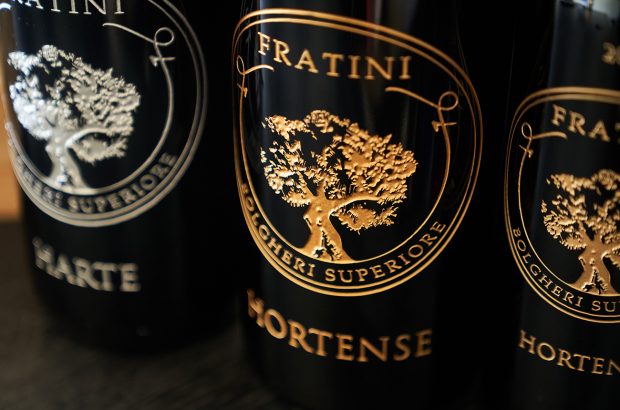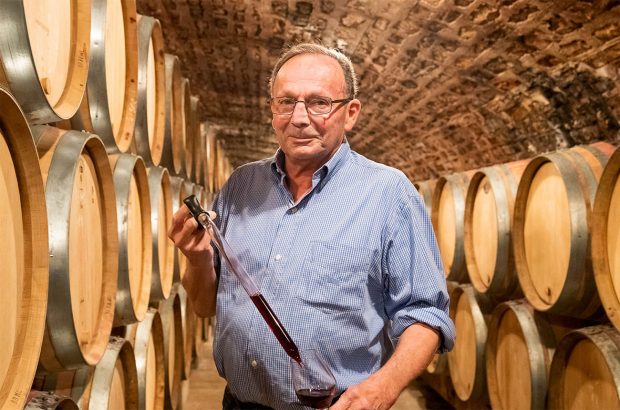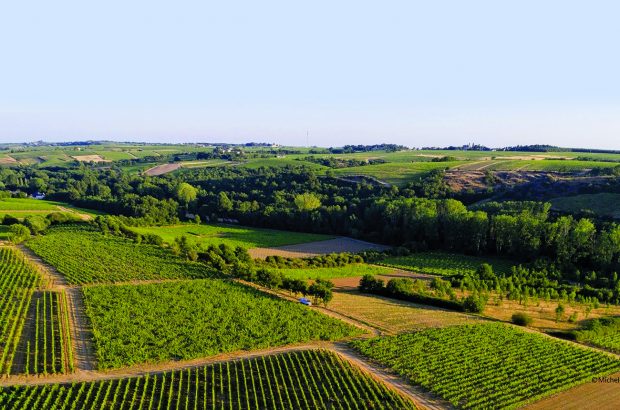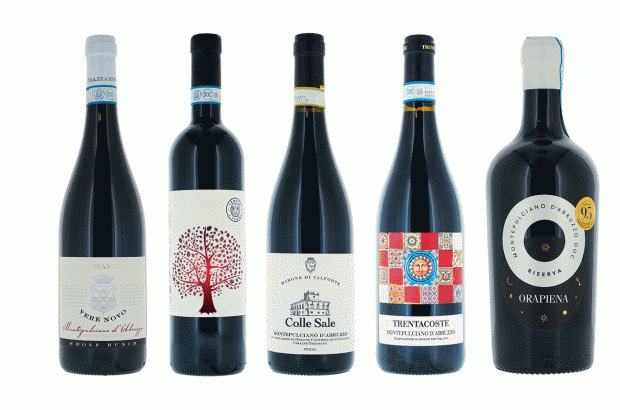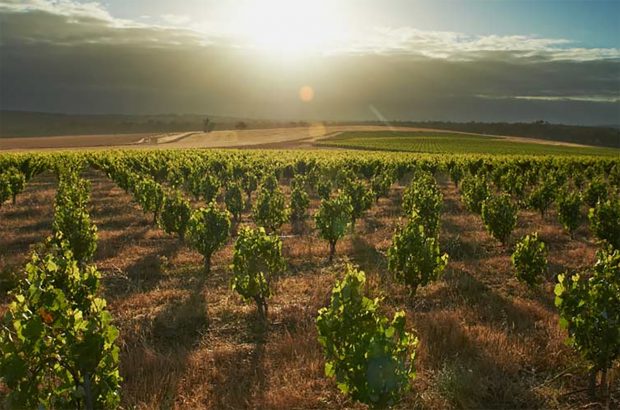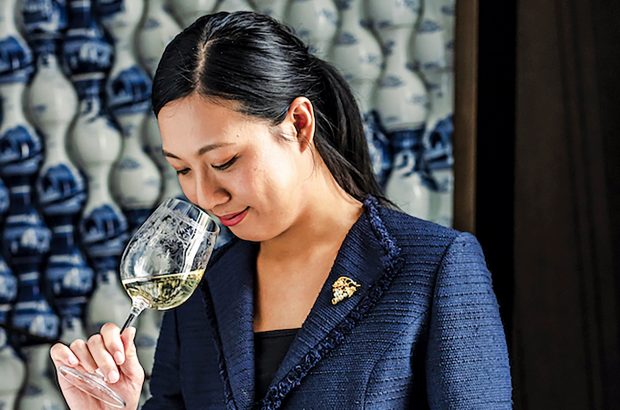See Jane Anson's tasting notes and ratings for 12 vintages and read more about the history of this collaboration between two winemaking titans of France and Chile.
Almaviva was founded 20 years ago, in 1997 in Chile’s Maipo Valley. A collaboration between Baron Philippe de Rothschild of Château Mouton Rothschild, and Concha y Toro, the goal was to create a ‘grand cru classé’ in Chile. Its first vintage was 1996.
Sixty hectares of suitable vineyards were identified in Puente Alta, the highest point in the valley, where mostly Cabernet Sauvignon is grown on the alluvial soils along with the other constituent grapes of Carmenère, Cabernet Franc, Merlot and Petit Verdot.
Jane Anson’s Almaviva tasting notes:
All wines tasted in summer 2017.
Modern technology
A drip irrigation system has been installed underground in the vineyards to help the regulate water supply to the vines.
The modern winery is built around a gravity system, intended to foster a more gentle handling of the grapes and now being installed many of the top wineries around the world. Hand-sorting and pressing take place on the mezzanine level, before the juice is transferred to fermentation tanks below by gravity alone.
The wine is aged in new French oak barrels and fined with egg whites before bottling.
Almaviva’s winemaker is Michel Friou.
Copy by James Button. Updated 15/11/2017 with Jane Anson’s tasting notes for Decanter Premium members.
Related content:

Fine wines to know from Chile and Argentina
Every wine lover should try them at least once...

The Decanter interview: Mouton Rothschild family: the new generation
Jane Anson picks out wines for drinking now from the Rothschild portfolio...

Barca Velha vertical: Superstar of the Douro
Steven Spurrier tastes 13 vintages of this Portuguese gem...

45 top global Bordeaux red blends
Here are top-end Bordeaux red blends to try...








